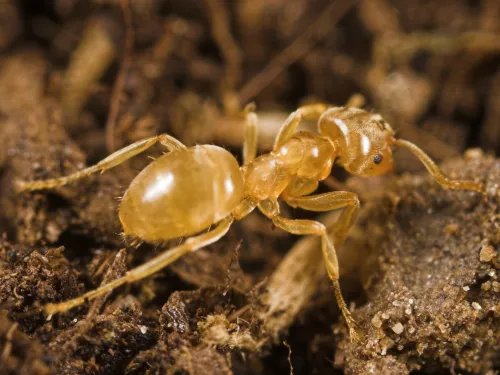
Yellow meadow ant
The yellow meadow ant is known for creating anthills in grassland habitats. It has a close relationship with the Chalkhill blue butterfly - protecting the larvae in return for a sugary substance they secrete.
Want to learn more about wildlife near you? You're in the right place, search below and discover the nature you can help protect in Kent.

The yellow meadow ant is known for creating anthills in grassland habitats. It has a close relationship with the Chalkhill blue butterfly - protecting the larvae in return for a sugary substance they secrete.
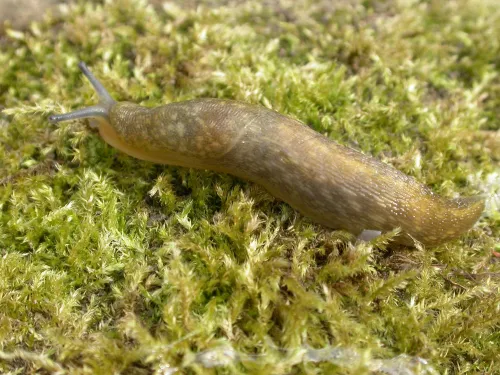
The Yellow slug lives up to its name - its yellow body is mottled with grey patches. Often found in gardens and damp places in houses, it can be considered a pest, but is an important nutrient recycler.
The Yellow star-of-Bethlehem is a woodland plant that lives up to its name - it displays starry, gold flowers in an umbrella-like cluster in early spring.
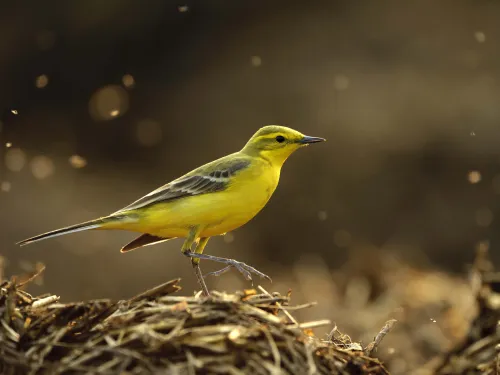
The yellow wagtail can be spotted running about, chasing insects on lowland damp marshes and meadows during summer. As its name suggests, it does wag its tail!
Look for the Yellow water-lily in still and slow-moving water, such as ponds, ditches, lakes and canals. Its lily pads and cupped, yellow flowers float at the water's surface.
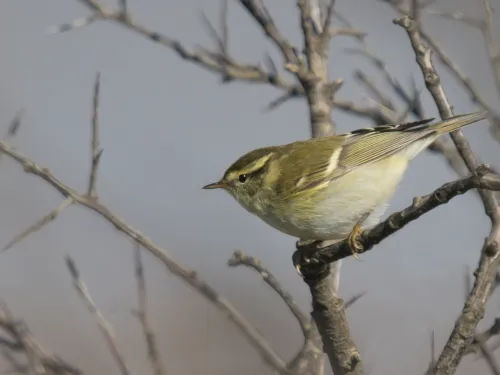
This charming little warbler is an increasingly common sight in autumn, when migrants pass through the UK.
Brush through a wildflower meadow at the height of summer and you'll hear the tiny seeds of yellow-rattle rattling in their brown pods, hence its name.
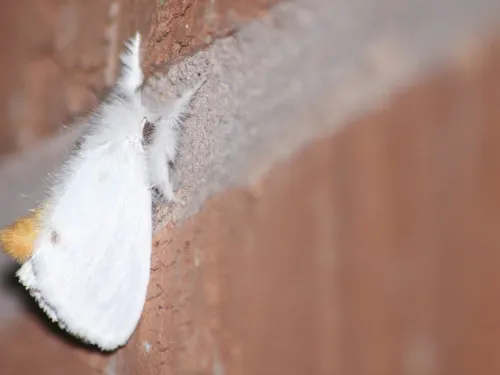
This snowy white moth is easily mistaken for the similar brown-tail, until it lifts its abdomen to reveal a burst of golden-yellow.
A plant of chalk and limestone grasslands and sand dunes, Yellow-wort has butter-yellow flowers. Its distinctive leaves sit opposite each other, but are fused together around the stem.

Like many of our farmland birds, the yellowhammer has declined in number in recent years. Spot this bright yellow bird singing from the top of a bush or fence, or in a mixed-species flock in winter.
The Yew is a well-known tree of churchyards, but also grows wild on chalky soils. Yew trees can live for hundreds of years, turning into a maze of hollow wood and fallen trunks beneath dense foliage.
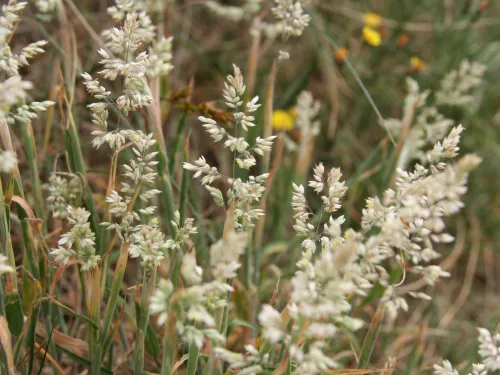
The soft, downy look of Yorkshire-fog makes it an attractive plant, even if it is considered a weed of cultivated land! It is also attractive to the caterpillars of the Small Skipper butterfly as a foodplant.